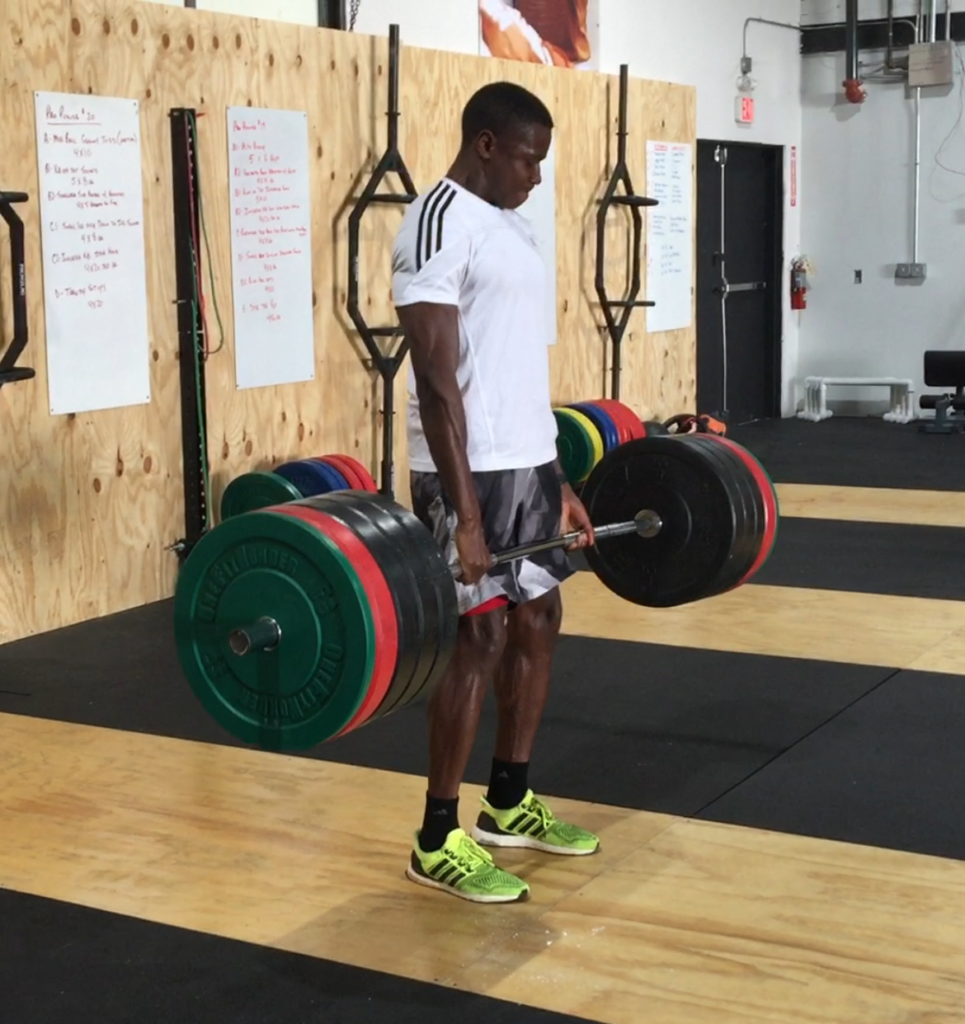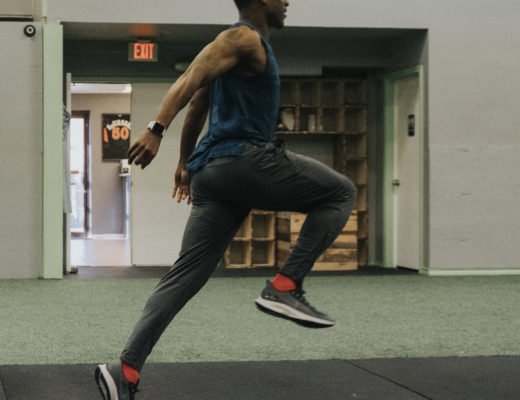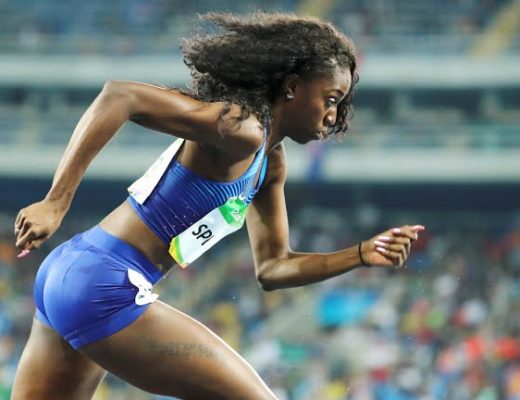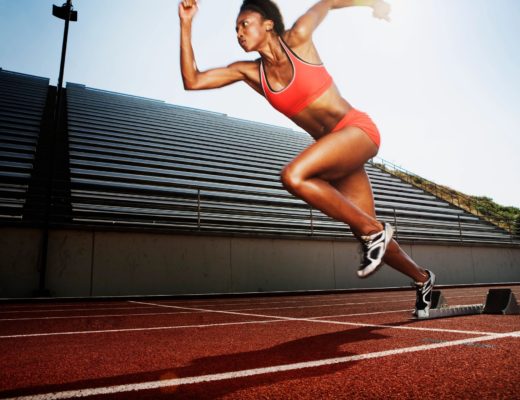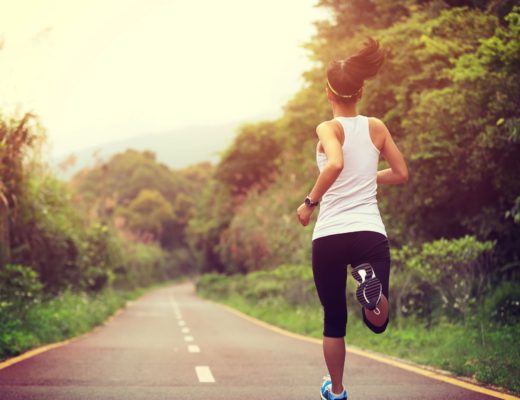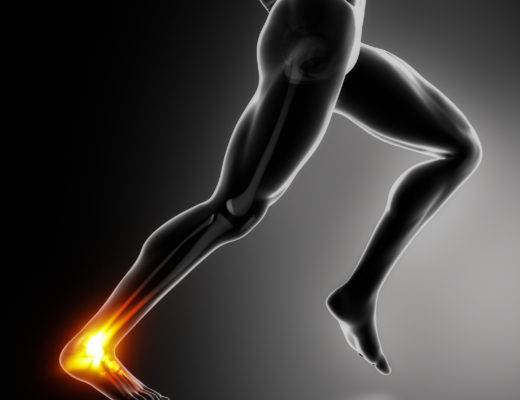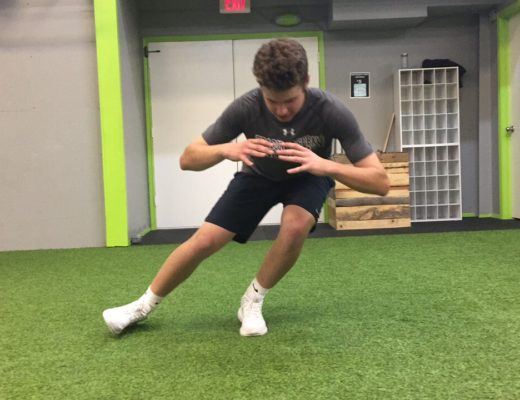As an athlete, performance on game day is all that matters. Style points will never outweigh a poor performance. This is why for 99% of athletes training like bodybuilders will never unlock their true athletic potential. Spending your time training basic motor patterns like the hinge, squat, push and pull will be far more valuable because these movements will be replicated when game time comes. The rapid hip extension and hip flexion we see in sprinting mirrors the squat, but you’ve never seen Usain Bolt squat on the track. However, I bet he did plenty of squat variations like step ups throughout his season to help strengthen his squat pattern.
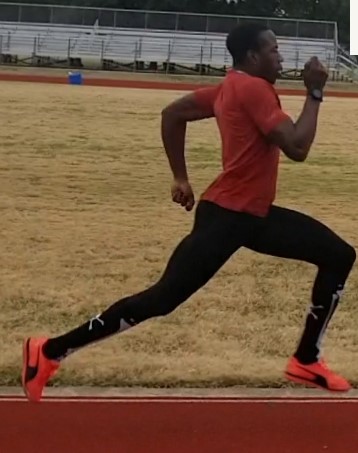
Most game speed action is very taxing on your body, whether you’re running an all-out sprint for 200 meters or throwing a baseball 100 mph. Practicing skills at near maximum effort takes a lot out of your nervous system and all the connective tissue in the body. This is where the weight room can be your greatest ally. In the weight room you can mimic movement patterns that will enhance the skills needed for your sport. When done properly you can increase force production, improve the resiliency of ligaments and tendons, reducing the risk of injury without taxing the nervous system.
I focus on training the body as a unit during each lift, not isolating muscles each day of the week like the classic “back and bi’s” then “chest and tri’s” approach I experienced in high school and read in magazine articles. Instead, connecting the hips and shoulders at the same time like in a deadlift or split stance cable rows will help strengthen patterns we see in the sport. Improving these basic patterns will enhance skills, build strength and increase longevity.
Now how can you apply this to your training? It’s simple click below and get started today.

